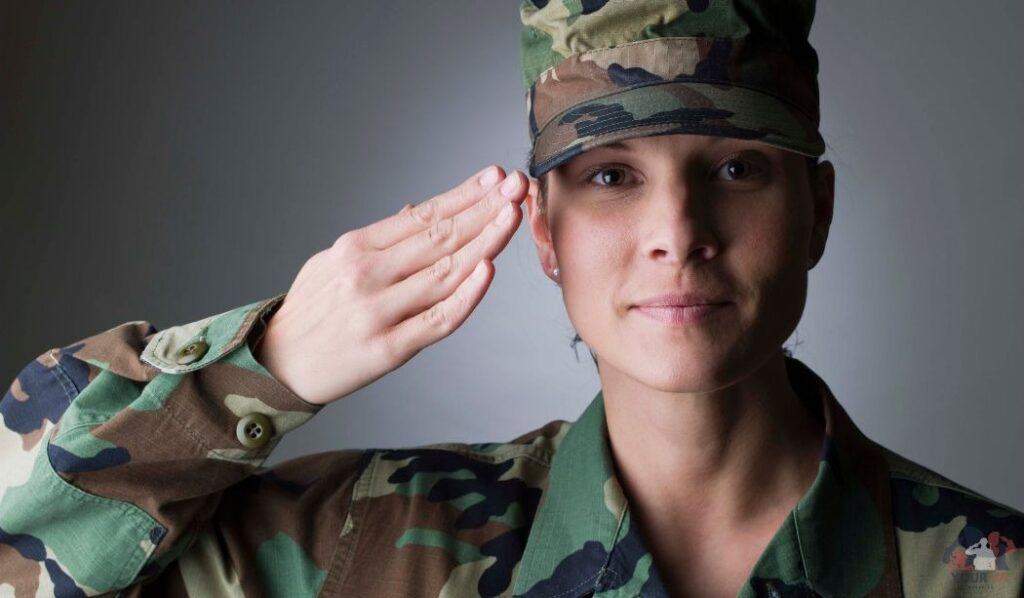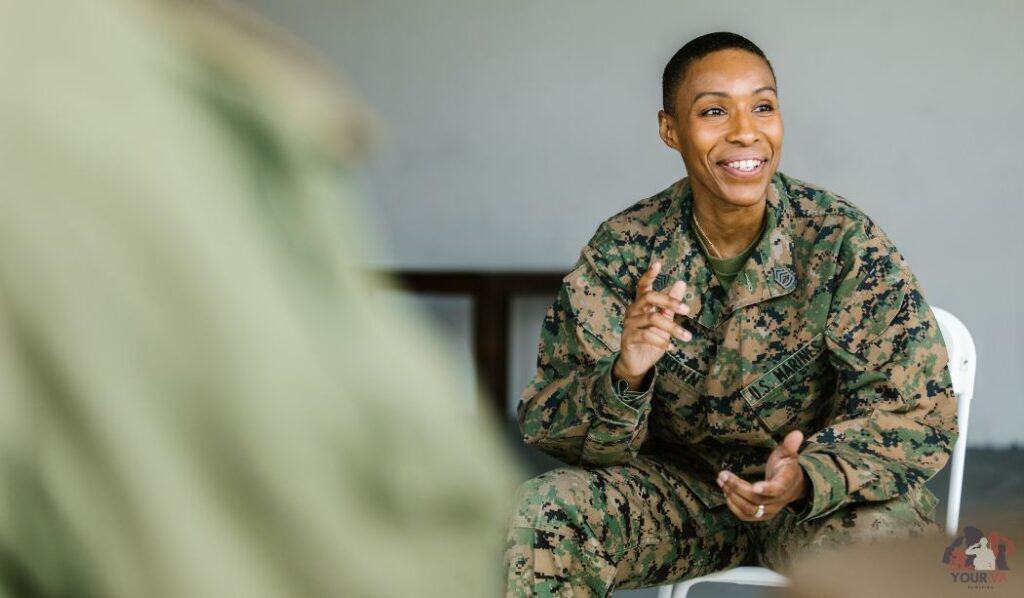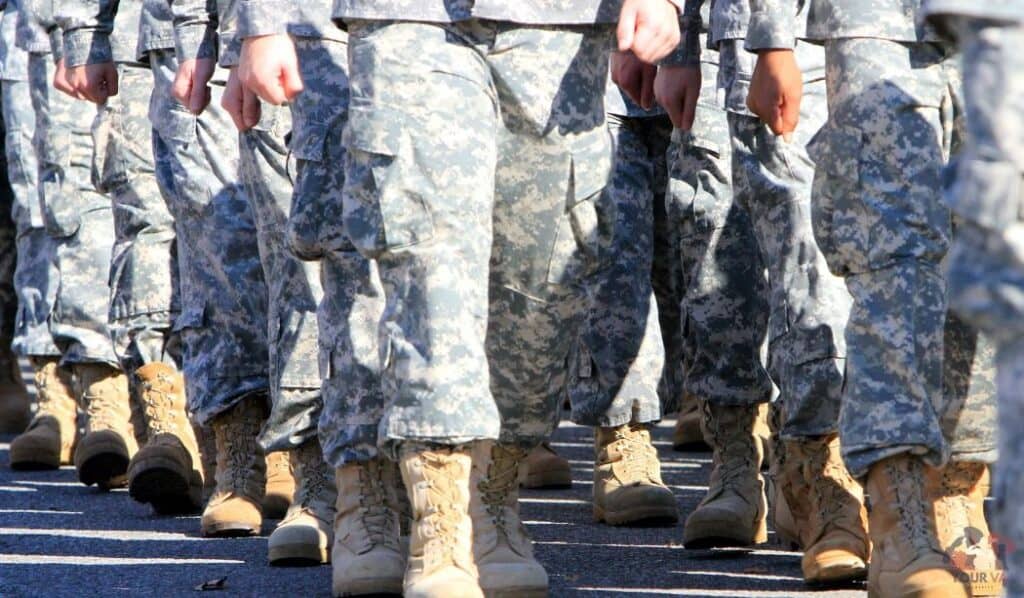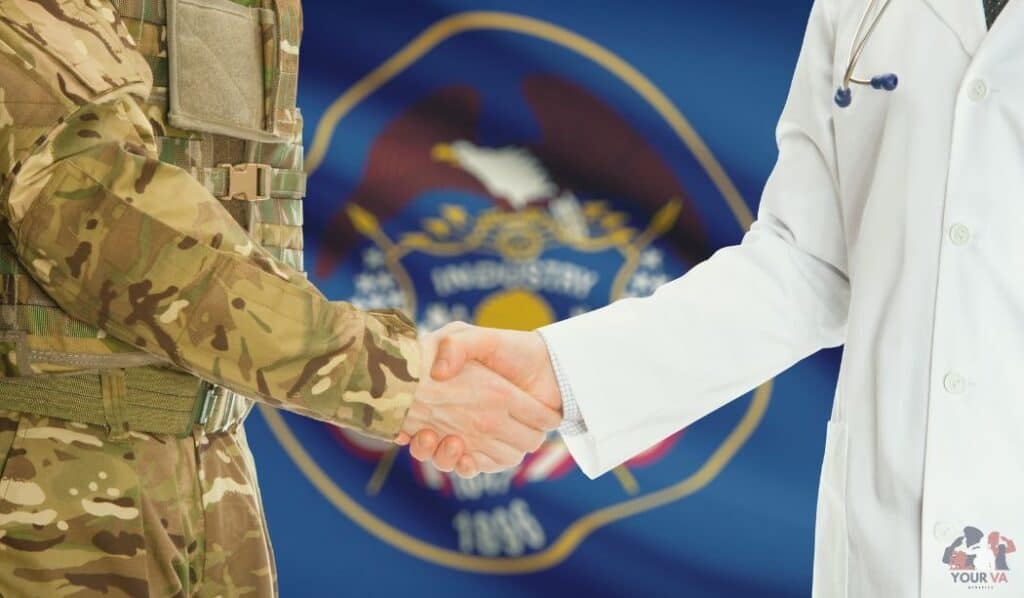
Did you know that 32,882 veterans spent a January night in 2024 without a home? That number represents both progress and pain. We’ve achieved a historic low in veteran homelessness since tracking started in 2009, cutting the number by more than half since 2010.
Yet each person in that statistic once wore our nation’s uniform. Facts about veterans reveal a complex story of triumph and ongoing struggle that affects millions of Americans across every community.
From our experience working with thousands of military veterans, we know these numbers barely scratch the surface of what service members face after leaving the armed forces.
The veteran population includes 18 million people navigating everything from Veterans Affairs healthcare to employment challenges, with the Department of Veterans Affairs and various intergovernmental affairs offices scrambling to keep pace with their needs.
Census Bureau data shows us who these heroes are, where they live, and what they need. This article breaks down the essential veteran data that shapes policy, drives support programs, and ultimately determines how well we serve those who served us.
Our recent article explored why are so many veterans on disability, revealing the complex medical and bureaucratic challenges they face. Next, we’ll examine what percentage of the homeless population are veterans to understand this crisis better.
For a complete overview, check out our comprehensive veterans statistics guide that covers everything from demographics to benefits.
Key Points
- Female veterans make up 11% of the U.S. veteran population in 2025, around 2 million strong, with growth headed to 18% by 2045.
- About 39% of American veterans served in combat or war zones, including 75% of post-9/11 folks facing trauma.
- U.S. military deaths in 2025 stay low at under 200 total for active ops, mostly non-hostile.
- Key veterans benefits via the Department of Veterans Affairs cover health for 9 million, housing wins cutting homeless veterans by over 50% since 2010, and education boosts like the GI Bill. if you receive denied disability benefits, including filing a supplemental claim.
What Percentage of Veterans Are Female? Understanding Women Veterans in 2025
The face of our veteran community has changed dramatically. Female veterans now represent a growing force that’s reshaping how we think about military service and veteran status.

Current Statistics Show Remarkable Growth
What percentage of veterans are female today? The answer surprises most people. Female veterans currently make up 11.3% of the total veteran population, which translates to approximately 2.1 million women who’ve served our nation.
These numbers tell only part of the story though.
We’ve watched this demographic shift accelerate over the past decade. Projections show women will represent 18% of all veterans by 2045. That makes them the fastest-growing segment of our veteran community.
For context, veterans service organizations in the early 2000s reported that women made up barely 6% of the veteran population.
Service Era Distribution Reveals Modern Trends
The largest group of female veterans comes from the post-9/11 generation. These women served during Iraq and Afghanistan operations. Currently, 17.5% of active duty personnel are women. That’s a huge jump from previous decades.
Branch-specific numbers paint an interesting picture. The Coast Guard leads with 27% commissioned officers being women. The Air Force follows closely. Each branch has seen steady increases in female service members since 2005.
We’ve noticed younger female veterans often bring different perspectives to traditional veteran spaces. They’re changing how veterans service organizations operate and advocate.
Healthcare Challenges Demand Immediate Attention
Only 45% of female veterans access VA healthcare. Compare that to 50.5% of male veterans. This gap reveals serious problems in how the Department of Veterans Affairs delivers medical care to women.
Gender-specific care remains a major hurdle. Many VA facilities lack proper women’s health services. One in three female veterans reports experiencing military sexual trauma.
That statistic haunts us every time we help a woman navigate her post traumatic stress disorder claim.
We’ve seen firsthand how these barriers affect physical and mental health outcomes.
Educational Achievement Opens New Doors
Here’s something remarkable: female veterans outpace both civilian women and male veterans in education. More women veterans hold a bachelor’s degree or associate’s degree than their counterparts. Nearly 40% have college degrees.
These educated women transition into leadership roles across industries. Healthcare, STEM fields, and management positions attract many female veterans. Yet wage gaps persist. Employment discrimination remains real.
We’ve helped countless qualified women veterans fight for equal treatment in civilian workplaces. Their military leadership experience often gets overlooked or undervalued by employers who don’t understand military backgrounds.
What Percentage of Veterans Are Combat Veterans? Service Era Breakdown
Understanding what percentage of veterans are combat veterans helps us grasp the scope of combat-related challenges facing our community. The numbers reveal both historical legacy and current realities.

Combat Exposure Statistics Tell a Sobering Story
Nearly 75% of Iraq and Afghanistan veterans experienced direct combat exposure. These service members witnessed traumatic situations that most Americans can’t imagine. Between 11% and 20% developed post traumatic stress symptoms.
We work with combat veterans daily who carry invisible wounds. Both men and women face these challenges equally. The misconception that only men see combat disappeared when modern wars erased traditional front lines.
Take Jessica Lynch or Tammy Duckworth. Their stories changed how America views women in combat zones.
Living Veterans by Conflict Era
Our living veterans represent multiple generations of wartime service. Approximately 3,800 World War II veterans remain with us. The Korean War generation includes 36,400 veterans. Vietnam-era veterans number around 406,000. Gulf War and post-9/11 veterans total 681,000.
These numbers shift monthly as we lose older veterans. World War Two veterans pass away at staggering rates. Soon, their voices will exist only in recordings and memories. We prioritize helping these elderly veterans access benefits they’ve earned but never claimed.
Want To Increase Your Rating?
Service-Connected Disabilities and Geographic Spread
Florida alone has 504,000 service-connected disabled veterans. The PACT Act expanded benefits coverage for toxic exposure victims. Burn pits, Agent Orange, and other hazards affected millions across different service eras.
Veterans concentrate in specific states. Florida hosts 1.4 million veterans while Texas has 1.5 million. Another 692,000 veterans have reached age 65 or older. These demographics shape how states deliver services.
We’ve learned that understanding where veterans live helps target resources effectively. States with larger veteran populations often have better support systems, though rural veterans still face significant access challenges.
U.S. Military Deaths in 2025: Current Operations and Historical Context
Looking at modern casualty numbers can help put current military service in perspective. Even during peacetime, service members accept risk as part of their duty, and their stories connect deeply with the country’s long military tradition.

2025 Casualty Statistics
As of late 2025, Operation Inherent Resolve has reported more than 120 total deaths and Operation Freedom’s Sentinel as more than a hundred. Most were non-combat losses tied to transport accidents or medical emergencies.
Soldiers can lose their lives during routine maintenance, live-fire drills, and overseas rotations, which is a reminder that service always carries danger, even far from battlefields.
Each name added to the record represents years of service, training, and sacrifice shared across the armed forces.
In discussions with veterans organizations, we often highlight how accurate reporting honors those who served, keeping the data current and transparent for families and historians.
Reliable numbers matter because they shape funding and survivor benefits through veterans affairs programs managed by the Department of Veterans Affairs.
Historical Comparison
Compared with the past, these figures show how drastically wars have changed.
The Civil War remains America’s deadliest, with roughly 698,000 deaths when hostilities formally ended. World War II recorded more than 400,000 U.S. losses, while both World Wars combined exceeded half a million.
By contrast, the War on Terror—covering Iraq and Afghanistan—has totaled just over 7,000 American veterans lost since 2001.
According to the Census Bureau, these smaller casualty counts reflect shifts toward technology, precision operations, and international coalitions during modern wartime.
For example, when reviewing battle history with younger vets, we stress that fewer combat deaths don’t lessen the impact of war. Many combat veterans return with invisible wounds, including post traumatic stress, that still affect their families and communities.
Non-Combat Deaths and Training Incidents
It’s estimated that up to three-quarters of total losses in Operation Inherent Resolve were non-hostile. It proves how dangerous even “routine” missions can be. Maintenance flights, live-fire drills, and overseas rotations all come with risk.
Service members continually train to minimize accidents, but the reality is that fatigue, terrain, and equipment failure can cost lives even outside combat zones.
These cases remind us why veterans service organizations advocate so strongly for better medical care and survivor outreach. Families deserve recognition, no matter where the tragedy occurred.
Memorial Day and Remembrance Day Observances
Every nation that values freedom sets a day set aside to honor its fallen. In the United States, Memorial Day and Veterans Day ceremonies bring communities together to pay respect to the war dead.
Red poppy flowers symbolize remembrance, inspired by poems from World War I. Across Great Britain, poppies cover the streets in November, while Canada’s observance on Remembrance Day carries the same tradition.
Though commemorations differ, the sentiment of honoring lost lives, protecting peace, and thanking families remains universal.
These events aren’t just holidays. They’re moments for reflection, celebrated in schools, parks, and civic halls across the country. For Americans, it’s a chance to express gratitude to the armed forces and those who came before.
Beyond remembrance, today’s veterans face continuing challenges that call for action and support through community, healthcare, and reform.
Critical Veteran Data: Benefits, Challenges, and Support Systems
Behind every statistic lies a human story. The following veteran data offers a closer look at how modern veterans affairs policies shape daily life for millions who served.
VA Healthcare and Benefits Enrollment
Around 9 million veterans are now enrolled in the Department of Veterans Affairs healthcare system. Programs like the Senator Elizabeth Dole Act expanded caregiver support, while the Veterans’ ACCESS Act made community-based care more available for remote patients.
These initiatives were designed to make medical care faster and easier to reach.
From our experience assisting claimants, the key is persistence. These eligibility rules and documentation can feel confusing at first, but every approved claim strengthens the system for all vets.
Homelessness Statistics and Progress
In early 2024, the United States recorded about 32,882 homeless veterans, a 7.5% decline from the previous year and the lowest level since tracking began. That marks a 55.6% reduction since 2010.
Veterans organizations credit collaboration between veterans affairs, HUD, and nonprofit partners for this progress.
Programs like HUD-VASH provided permanent housing to roughly 48,000 participants in fiscal 2024. Still, we’ve seen cases where veterans struggle with trouble navigating paperwork or finding steady income once housed.
Continued outreach from veterans service organizations keeps that success rate climbing.
Mental Health and Substance Abuse Challenges
Mental wellness remains one of the largest challenges. About 48% to 67% of unhoused veterans live with mental health conditions, including post traumatic stress disorder and substance abuse issues.
Suicide risk among veterans is roughly 1.5 times higher than civilians. Many of these problems worsened after service-related trauma or chronic physical pain.
The PACT Act now covers more conditions, including exposure-related illnesses that previously went untreated. For example, one Army veteran who suffered from burn pit exposure finally qualified for benefits after the law’s passage, proof that advocacy works.
Community outreach helps too. Veterans organizations and service groups play a crucial role in connecting struggling vets to counseling, housing, and peer mentorship.

Educational Achievements and Employment
When it comes to education, veterans often outperform the national average. Many hold associate’s degrees, bachelor’s degrees, or certifications earned through the GI Bill. These credentials open doors to management, trades, and entrepreneurship.
However, around half of female veterans report facing bias when seeking civilian employment. The majority still push forward, using their adaptability and leadership skills to build careers that strengthen their local communities.
In one case, a former logistics sergeant used her VA benefits to start a wellness clinic, proving how service can evolve into a new mission. Her story shows how benefits transform lives when used proactively.
Despite remarkable progress, millions of Americans who once served still need continued reform in healthcare access, housing, and education.
Sustained teamwork between families, veterans service organizations, and policymakers keeps peace and purpose alive in the veteran community.
Final Thoughts
The story of American veterans is still being written. The veteran population is dynamic, filled with incredible strengths and very real challenges.
We see this in the growing number of women serving, the lasting impacts of service, and the persistent fight against homelessness. Understanding these facts about veterans is the first step. True support comes next.
Our nation has a sacred duty to care for those who wore the uniform. This means celebrating their successes in education and career. It also means
ensuring the Veterans Affairs system delivers the benefits and medical care they earned. Supporting our veterans isn’t a political issue. It is a promise to the people and their families who gave so much for our country and our peace.
This work continues every single day. We all have a role to play. Stay informed, volunteer, or simply offer your thanks. Let’s continue to honor their duty with our own.
Want to learn more about how you can help or find resources? We have a wealth of information ready for you. Explore our website’s homepage to see how you can get involved.
